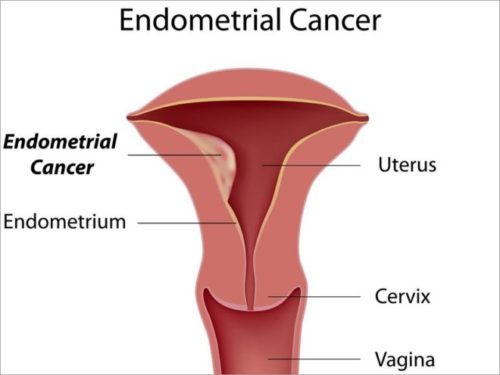I think it is important for people to know that endometrial cancer is preventable, in most aspects. They are generally by too much estrogen. Risk factors for excess estrogen include early age of menses, late menopause, unopposed estrogen use in menopause, no history of childbearing and obesity. The biggest risk factor causing an increase in the incidence of endometrial cancer is obesity. Obesity, itself, is an epidemic in the United States. The mechanism behind obesity and cancer are increased estrone a sort of “cousin” to estrogen. Fat tissues is a large source of estrone which is a reason why endometrial cancer is on the rise.
I think it is important for you to know that vaginal bleeding in a menopausal woman is not normal, especially in women with risk factors for endometrial cancer. Please inform your doctors immediately if you have these symptoms. Certainly, the bleeding could be benign but thorough evaluation by your doctor with a pelvic ultrasound and biopsy are warranted.


Recent Comments